Augmented reality is being incorporated into various media, from smartphones to digital billboards and television broadcasts. The presence of 3D models, whether animated or static, highlights their importance in our visual and digital culture. With technological advancements, creating these 3D elements has become more efficient, making them a common sight in everyday visual experiences. Yet, the complexity involved in crafting these captivating models and animations often remains unappreciated.
Locating a specific 3D model, such as a character or object, may appear simple. However, creating a model that is both visually accurate and appealing is challenging, especially when these models are intended for use in augmented reality. The demand for high-quality 3D modeling services is significant, especially given their role in augmented reality, where precision and visual appeal are crucial. Notably, even the top IT service providers are now exploring the development of augmented reality applications, signifying the expanding role of this technology.
For those looking to understand how to create augmented reality 3D models for upcoming projects, it’s essential to explore the various sources and services available. Augmented reality 3D models must be crafted with care to ensure they enhance the user’s experience by integrating effectively with the real world. The process of selecting the right augmented reality assets involves knowing the specific needs of your project and the capabilities of the 3D models to meet these requirements.
What Is an Augmented Reality 3D Model?
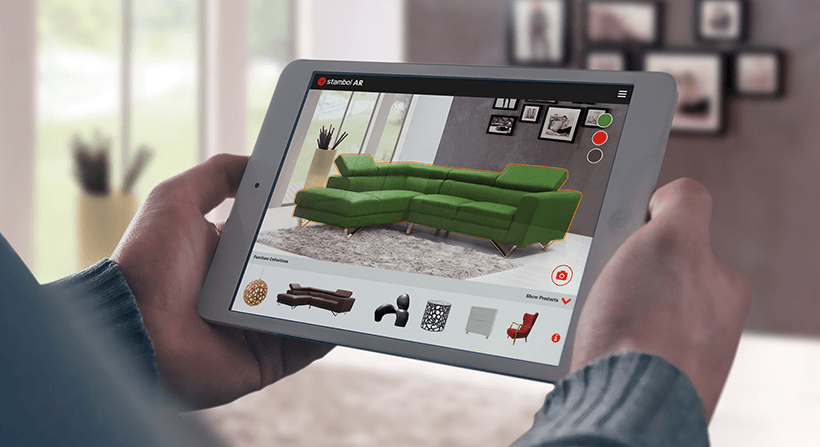
An augmented reality 3D model is a sophisticated virtual element designed to be integrated within the real-world environment. These models are essential for applications that enhance the perception of reality, blending virtual and physical elements seamlessly when viewed through AR technology.
Key aspects include:
- Creation. Through advanced 3D modeling services, these models are constructed to interact naturally within a user’s environment.
- Functionality. These models dynamically respond to changes in real-world conditions, adjusting their scale, orientation, and interactions to enhance the user’s experience.
- Technology. The development requires high-level programming and detailed design, ensuring the augmented reality 3D model performs reliably.
Augmented reality applications are gaining traction, and understanding how to create augmented reality 3D models is becoming increasingly important. This process involves not just technical prowess in graphics and modeling but also a deep understanding of user interaction to make the augmented components practical and engaging.
The technology behind augmented reality is advancing, propelled by top IT service providers who see the potential for transforming industries such as gaming, education, and marketing. These applications leverage the unique ability of AR to merge digital and physical worlds, providing users with immersive experiences that were previously impossible.
Overall, augmented reality 3D models represent a significant technological advancement, offering new ways for people to interact with digital content in their everyday environments.
Challenges and Solutions in AR Model Development
The development of 3D models for augmented reality presents unique challenges that require advanced technical strategies to overcome. One primary challenge is ensuring the 3D models are realistic enough to blend indistinguishably with the real world. To achieve this, developers must pay close attention to the detailing and textures of each model, which must be precise to maintain the illusion of reality.
Another significant hurdle is the optimization of these models for different devices, from smartphones to advanced AR glasses. The computational power and display capabilities of these devices vary widely, demanding adaptable models that can perform well across all platforms without compromising quality or user experience. Balancing performance with high-quality visual fidelity is critical, as poor performance can break the immersive experience, pulling users out of the augmented environment.
To address these issues, developers often employ various optimization techniques. Level of Detail (LOD) algorithms adjust the model’s complexity based on the user’s distance from the object, reducing the strain on processing power while maintaining visual quality from the user’s perspective. Moreover, developers must also consider the interaction capabilities of each model, ensuring they can respond to user inputs such as touch, gestures, and voice commands in a natural and expected manner.
Collaboration with the top IT service providers can also offer solutions, as they bring expertise in the latest augmented reality technologies and optimization methods. These partnerships can accelerate the development process, provide access to cutting-edge tools, and help troubleshoot complex issues that arise during development.
Ultimately, mastering how to create augmented reality 3D models involves a combination of artistic skill and technical knowledge. The goal is to produce models that not only look real and behave appropriately within the augmented environment but also perform efficiently on a wide range of devices. The successful integration of these elements defines the quality of the augmented reality experience, underlining the importance of each step in the development of augmented reality applications.
Things to Know Before You Create AR-Ready 3D Models
When considering the deployment of AR-ready 3D models, it is essential to select the appropriate platform that complements the intended use and interaction level. For instance, the choice could range from a basic game character on a smartphone to a sophisticated augmented reality 3D model that users can interact with through a wearable device, such as smart glasses, within their immediate surroundings.
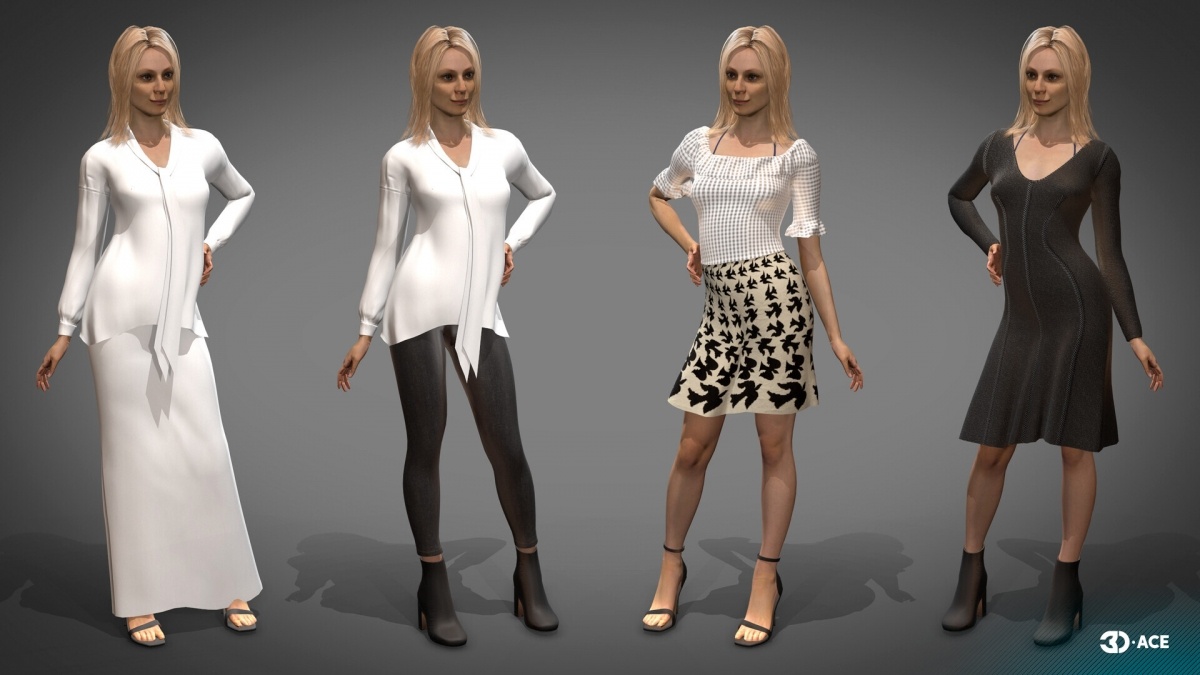
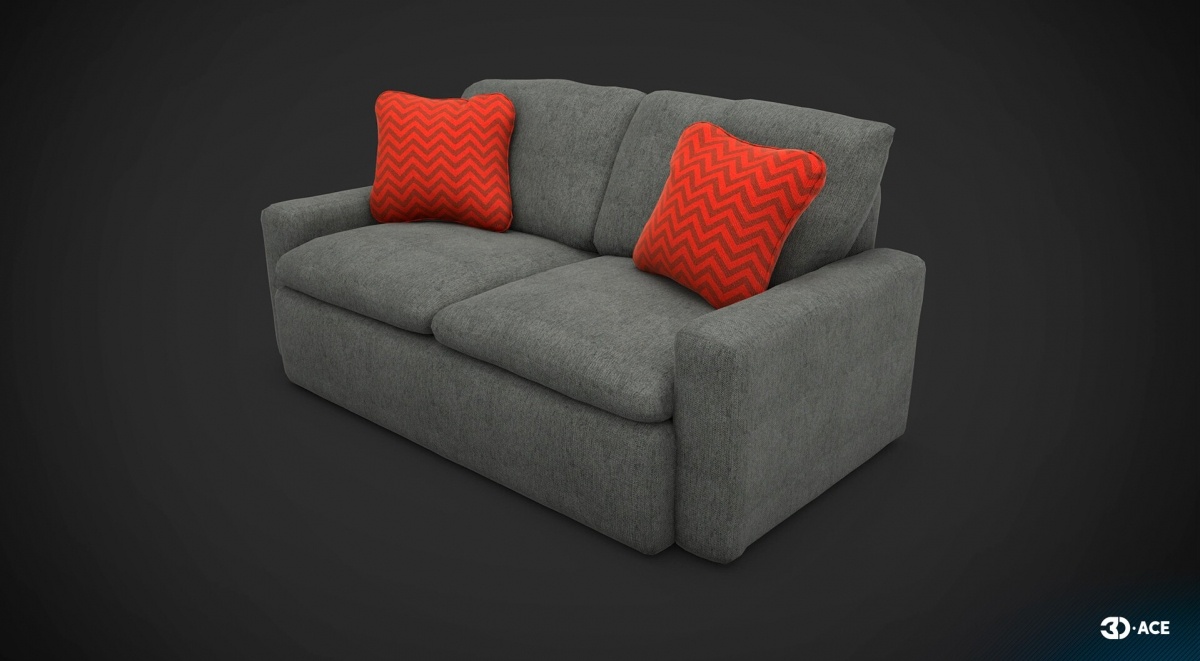
The application of augmented reality technology varies significantly between mobile and wearable devices. While prevalent, devices such as smartphones and tablets offer limited display capabilities that necessitate simpler, less detailed 3D models due to their restricted field of view. In contrast, wearable devices like the Vuzix Blade, Google Glass, and Dreamglass support more complex interactions. These wearables incorporate built-in displays that allow for more detailed and lifelike projections, enhancing user engagement with the digital content by allowing them to interact more naturally with the augmented environment.
While many augmented reality applications are still predominantly developed for mobile platforms, there is a noticeable shift towards wearable technology. This trend is driven by the desire for a more immersive experience where users can engage with digital characters and objects as if they were part of the real world. For example, while mobile app interactions often involve simple gestures like tapping and rotating the device, applications designed for smart glasses may allow users to interact with 3D models through more intuitive actions, such as reaching out to touch a virtual object.
In terms of content, augmented reality applications can vary widely. Commonly used 3D models in AR include:
- characters from various realms, such as humans, creatures, and animals;
- items like weapons, clothing, and food;
- vehicles, including cars, motorcycles, and ships;
- environmental elements like mountains, forests, and urban buildings.
Each model type serves a specific purpose and enhances the augmented reality experience, depending on the application’s requirements and the platform’s capabilities. Thus, understanding the nuances of each platform is crucial for developers aiming to create engaging and realistic augmented reality applications.
How to Create and Augment 3D Models
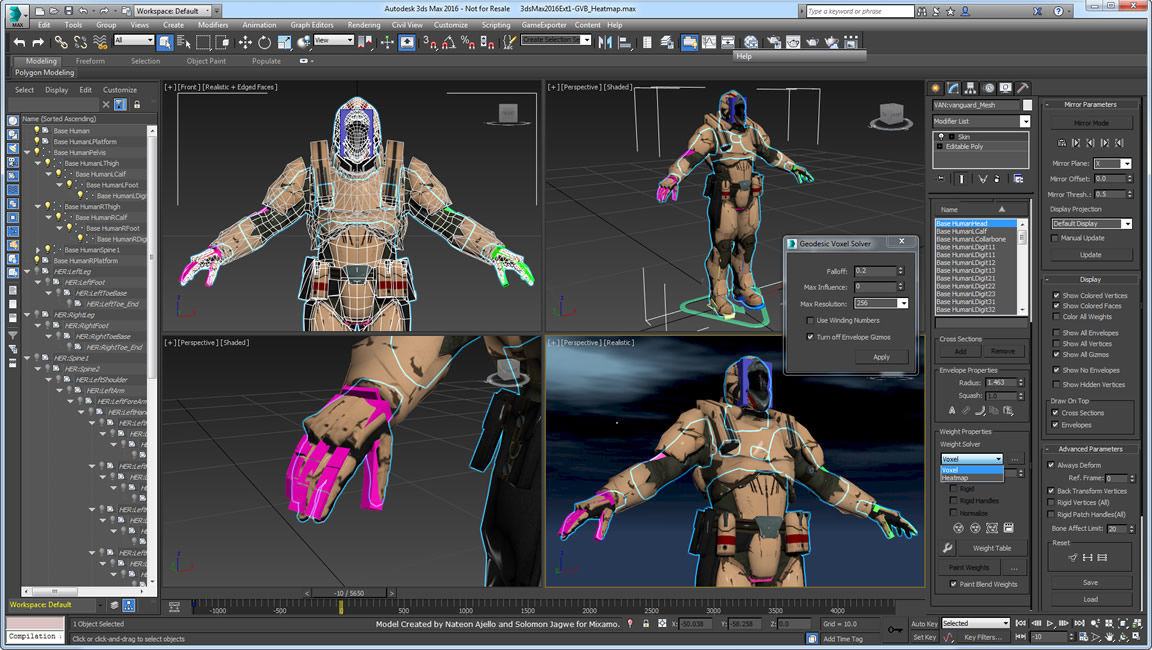
Creating a 3D design for augmented reality might initially appear straightforward, but achieving a high-quality aesthetic and functionality demands considerable expertise and knowledge. Beginners often find it challenging to reach a professional level quickly, even though the primary objective here is to explore the fundamental aspects of design and development. For those eager to deepen their understanding, numerous guides and courses offer detailed instructions on these skills.
Several methods exist for producing AR-ready 3D assets. Historically, creators used techniques like photogrammetry, where designs are derived from a collection of photographs, and scanning, which involves digitizing a physical object and enhancing it with volumetric attributes.
Currently, software-based creation is the most common approach, supported by an array of high-quality 3D design programs. These include free tools such as Blender and SketchUp, as well as paid software like Maya and Houdini, providing a variety of options for designers at different skill levels.
Two platforms stand out in the realm of software that facilitates 3D modeling and augmented reality integration: Unity and Unreal. These engines, originally developed for video game creation, offer extensive capabilities beyond gaming. They are used in app development, animation, and both 2D and 3D asset creation, demonstrating their versatility.
While many design-specific programs excel at producing visually stunning artwork, they often fall short in animation and integration with augmented reality applications. Unity and Unreal, however, overcome these limitations. These platforms allow designers to handle nearly all aspects of design and app development internally.
Such an integration eliminates the need to seek out additional software or solutions, streamlining the creation process for augmented reality applications. By using Unity or Unreal, designers can ensure their 3D models are not only beautiful but also fully functional within augmented reality environments, enhancing the user’s interaction with new dimensions of reality.
Enhancing User Experience with Augmented Reality
Augmented reality has transformed user interaction by blending digital content with the real world, creating immersive experiences that are both engaging and informative. When users interact with an augmented reality 3D model, they engage more deeply than traditional digital interfaces because these models appear part of their immediate environment. The use of 3D models in augmented reality applications brings complex data to life, providing a tangible presence that users can explore and manipulate.
Creating an effective augmented reality 3D model involves more than just visual design; it requires an understanding of user behavior and environmental context. The design process must anticipate how models interact with real-world physics and user expectations to deliver a seamless experience. For example, a model might need to react to changes in lighting or perspective, adjusting its appearance and behavior to maintain realism and functionality.
The top IT service providers offer comprehensive solutions that simplify the process of integrating 3D models into augmented reality applications. These providers equip developers with tools that automate aspects of the modeling process, reducing the time and technical expertise required to bring an augmented reality project to fruition. Knowing how to create augmented reality 3D models is an invaluable skill in today’s tech landscape, enabling creators to build more dynamic and responsive applications.
For businesses and developers aiming to leverage augmented reality, the choice of 3D modeling services is crucial. High-quality models are essential for ensuring that the augmented elements do not detract from the user’s experience but instead enhance it. Whether for educational tools, marketing campaigns, or interactive gaming, augmented reality offers a unique medium through which to deliver content that is not only seen but interacted with in a meaningful way.
In sum, the integration of 3D models into augmented reality applications marks a significant step forward in how technology can enhance our perception of and interaction with the real world. By carefully crafting each model to respond to its environment, developers can create experiences that are not only innovative but also deeply resonant with users.
Custom 3D Models for AR
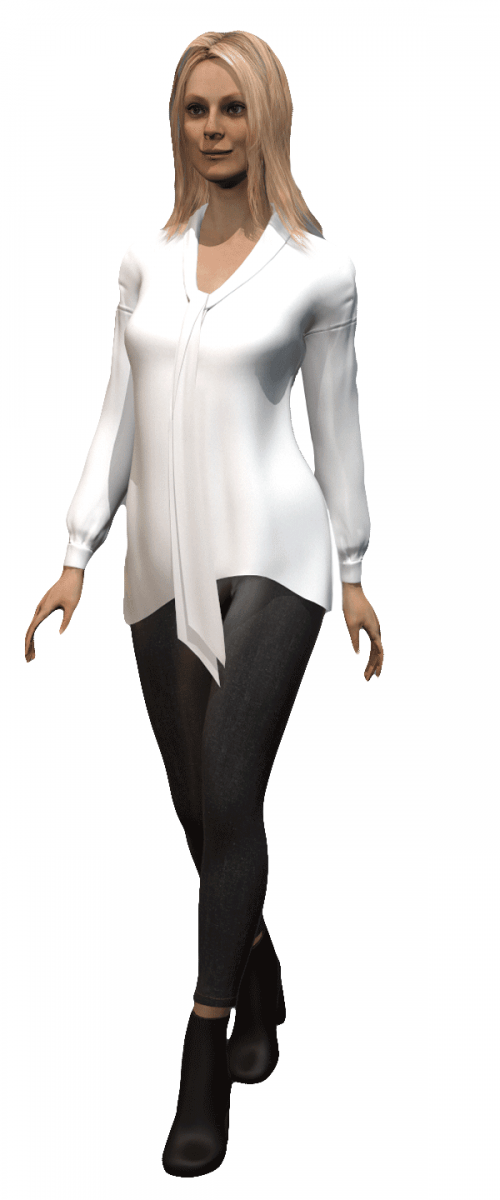
Building an AR application is a serious undertaking with countless challenges, often requiring several teams of specialists working together. In these conditions, companies find themselves lacking the time, expertise, or staff to create the custom models they need for their app, so they turn to other services for help. While there are many marketplaces with models available for easy purchase, finding a company to create high-quality custom designs according to your specifications is more difficult.
With decades of experience, 3D-Ace had the pleasure to work on multiple AR projects, and know all of the ins-and-outs of making 3D assets for them. Thus, you can count on our abilities to bring your ideas to life just the way you envisage them. For more information, you are free to get in touch with us at any time.









